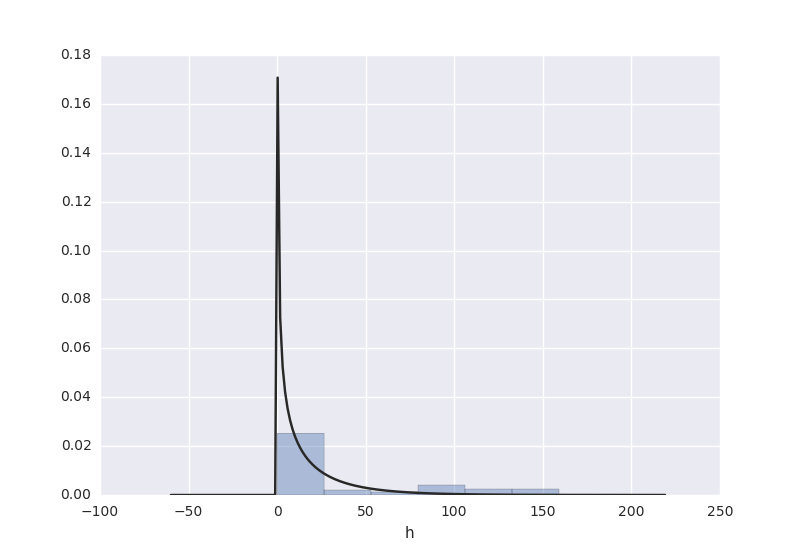Data mining is a complex process that aims to discover patterns in large data sets. Data Mining some main steps:
-
Collect data: based on the needs
-
Pre-Processing: try to understand the data, denoise and do some dimentation reduction and select the proper predictors, etc
-
Feeding data mining
-
Post-Processing: interpret and evaluate the models
Loading datasets in Python
import pandas as pd
csv_path = 'python_code/data/Heart.csv'
rawdata = pd.read_csv(csv_path)
excel_path = 'python_code/data/energy_efficiency.xlsx'
raw_data2 = pd.read_excel(excel_path)
Understand data with statistics
print "data summary"
print rawdata.describe()
Then you will get
id year stint g ab
count 100.000000 100.00000 100.000000 100.000000 100.000000
mean 89352.660000 2006.92000 1.130000 52.380000 136.540000
std 218.910859 0.27266 0.337998 48.031299 181.936853
min 88641.000000 2006.00000 1.000000 1.000000 0.000000
25% 89353.500000 2007.00000 1.000000 9.500000 2.000000
50% 89399.000000 2007.00000 1.000000 33.000000 40.500000
75% 89465.250000 2007.00000 1.000000 83.250000 243.750000
max 89534.000000 2007.00000 2.000000 155.000000 586.000000
Get the size of the data
nrow, ncol = rawdata.shape
print nrow, ncol
Check the data format
print rawdata.dtypes
Then you will get
id int64
player object
year int64
stint int64
team object
lg object
g int64
ab int64
Get correlation matrix and covariance matrix
# correlation matrix
print "\n correlation Matrix"
print rawdata.corr()
# covariance Matrix
print "\n covariance Matrix"
print rawdata.corr()
Understand data with visualization
from scipy import stats
import seaborn as sns
sns.corrplot(rawdata)
plt.show()
# plot a distribution of observations
attr = rawdata['h']
sns.distplot(attr, kde=False, fit=stats.gamma)
plt.show()
# two subplots, histogram
plt.figure(1)
plt.title("Histogram of stint")
plt.subplot(211) # 2 rows, 1 col
plt.subplot(212) # 2 rows, 1 col
sns.distplot(attr, kde=False, fit=stats.gamma)
plt.show()

